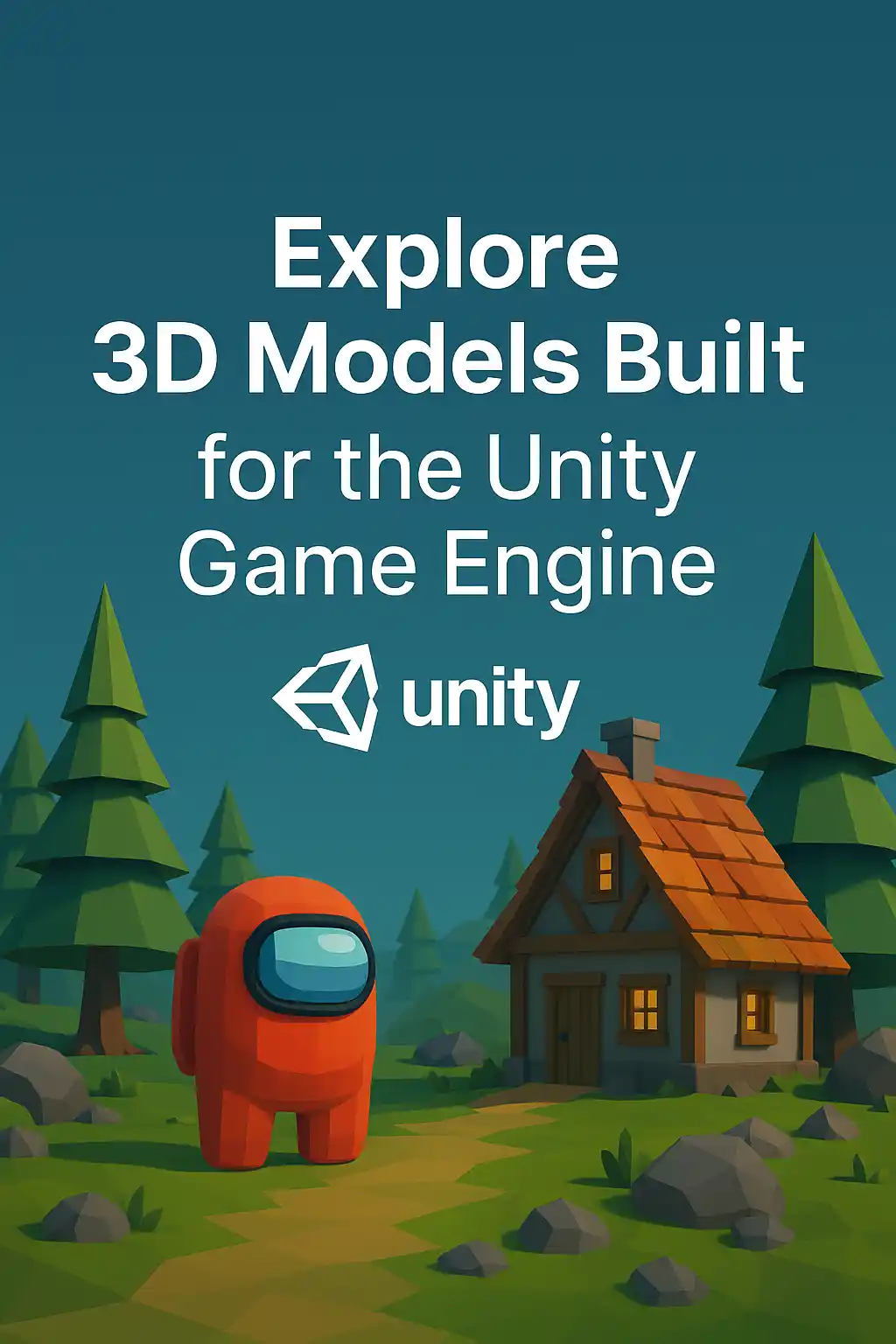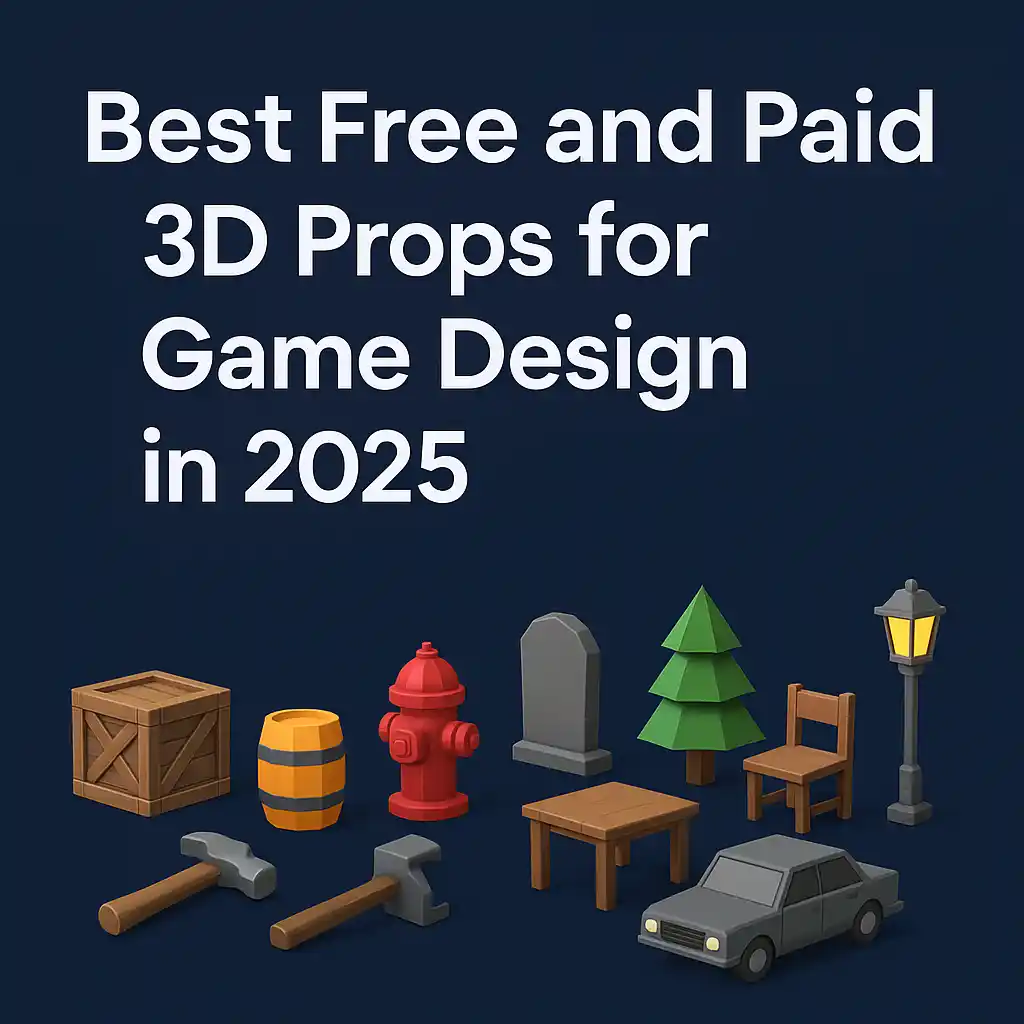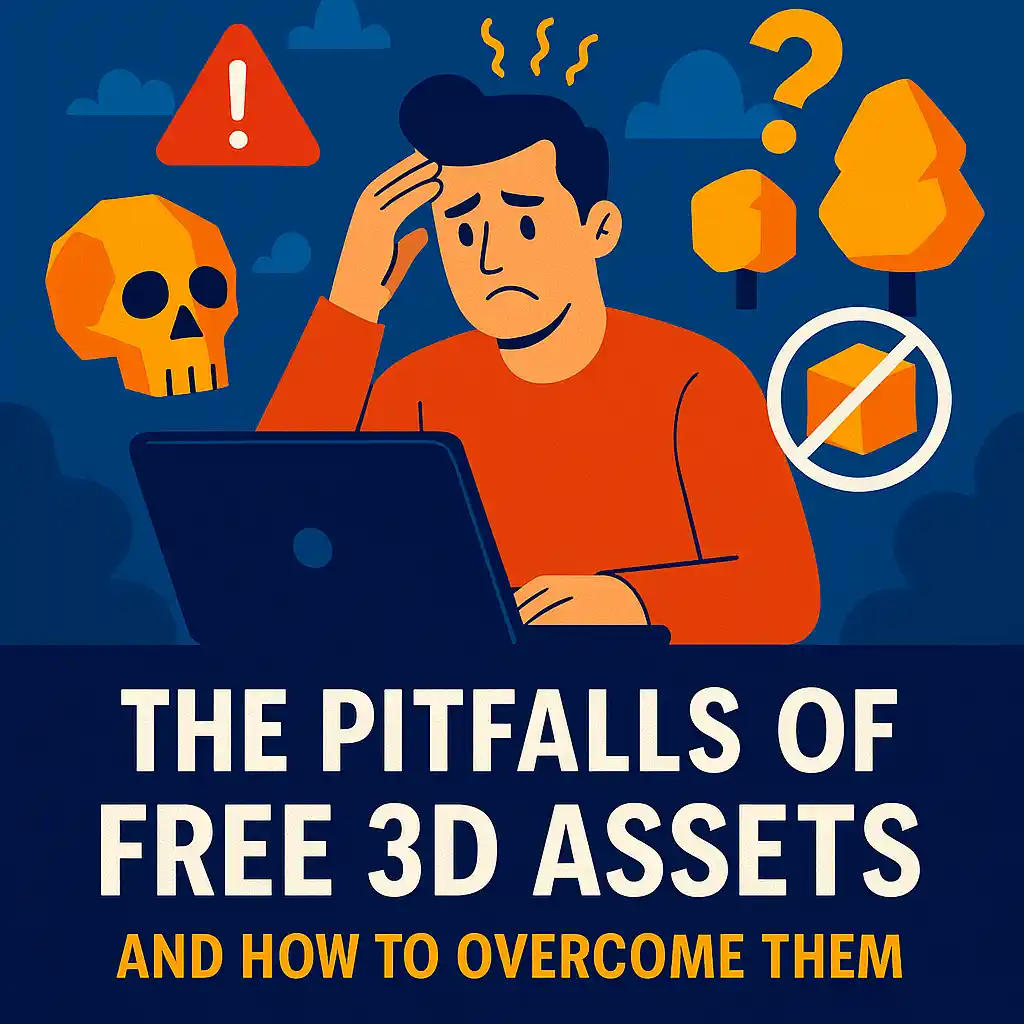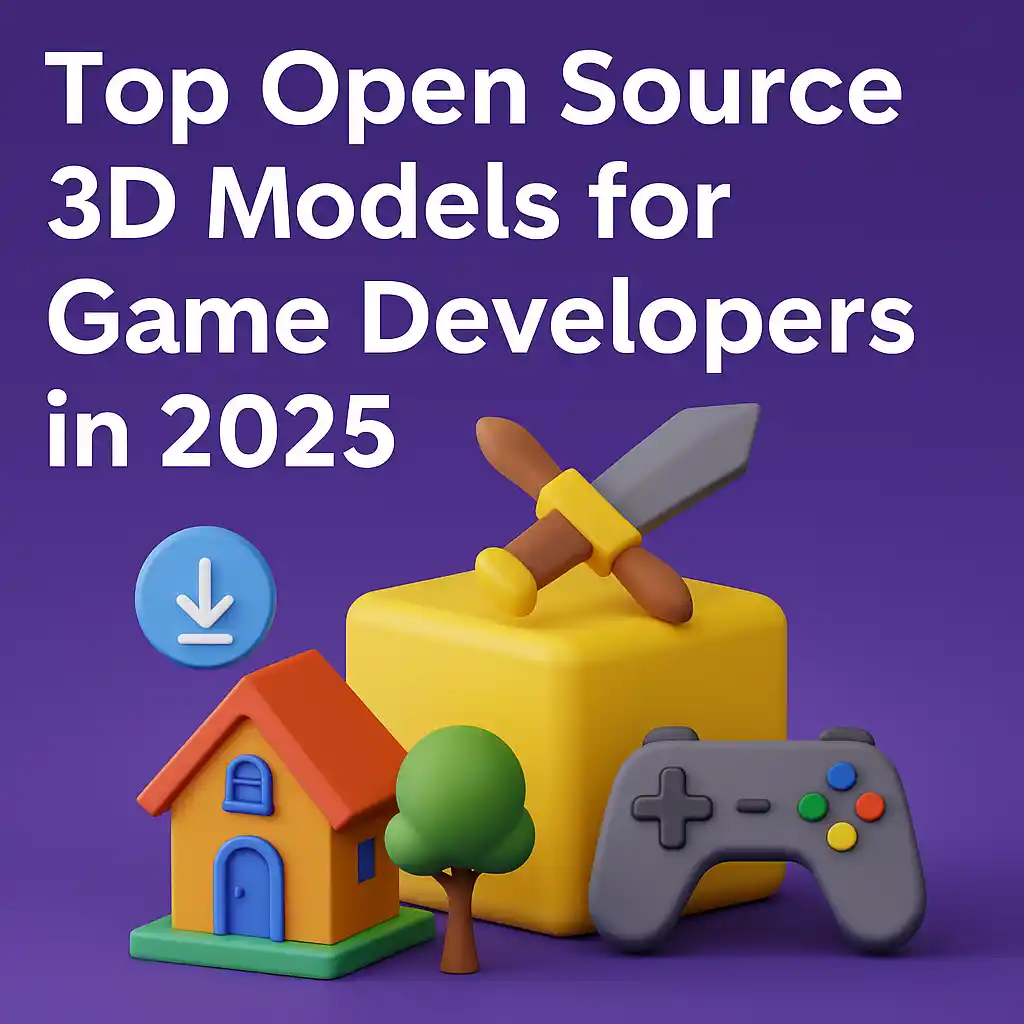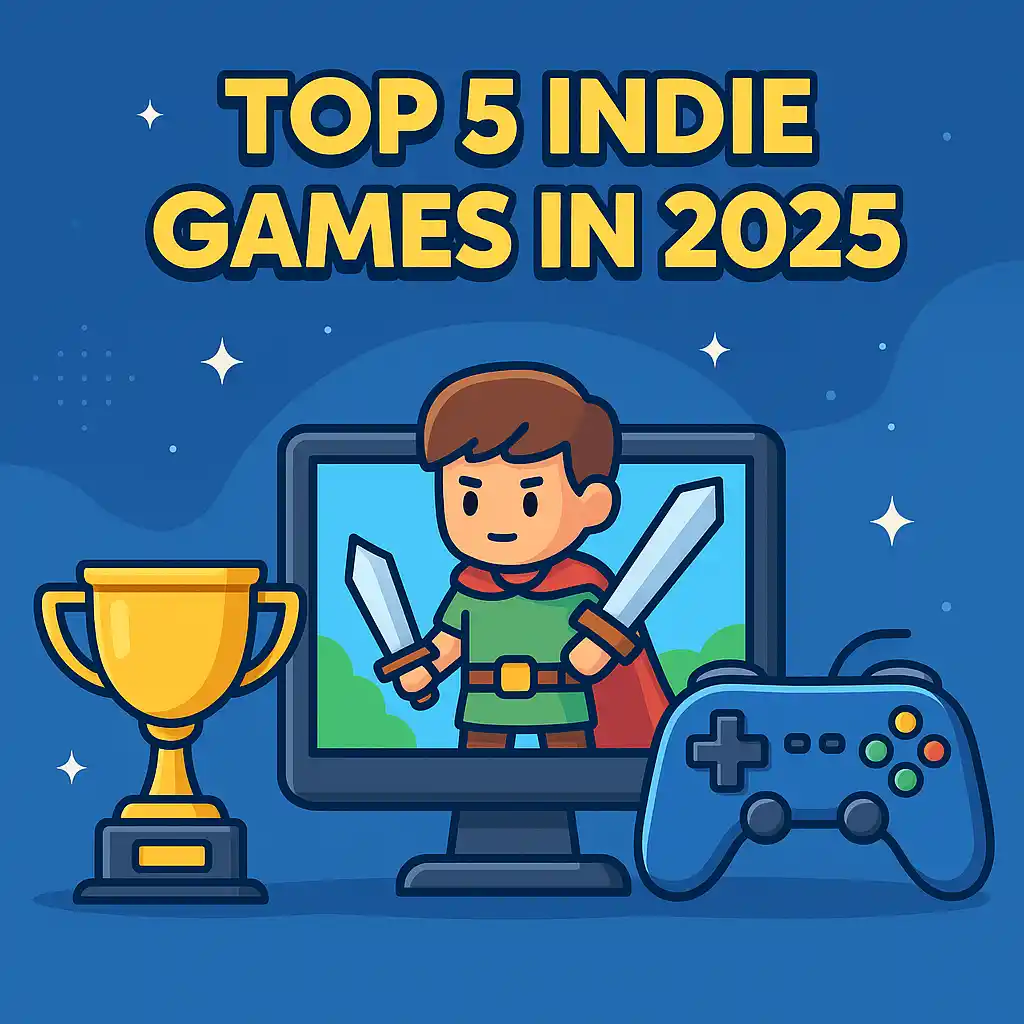Every Unity developer hits the same wall eventually. You need quality 3D models, but your budget screams at you. Do you spend hours creating assets from scratch? Or do you sacrifice quality for speed? The good news is that 2025 brings more options than ever before. Both free and paid 3D models for Unity have improved dramatically. Quality no longer requires emptying your wallet.
This guide reveals where smart developers find the best assets without breaking their budgets. We’ll explore proven sources, hidden gems, and practical strategies that actually work.
Understanding Unity Asset Quality Standards
Not all 3D models work equally well in Unity. Some look beautiful but crash your game. Others import smoothly but look terrible in actual gameplay.
Professional game assets need proper optimization. Polygon counts must match your target platform. Mobile games require lighter models than PC titles. Console development sits somewhere in between.
Texture quality matters just as much as geometry. PBR materials have become the industry standard. Your models should include albedo, normal, metallic, and roughness maps at minimum.
Unity Asset Store features over 11,000 five-star assets rated by 85,000+ customers. This massive community helps identify truly useful content versus promotional fluff.
Top Free Sources for Unity 3D Models
Free doesn’t always mean low quality. Several platforms offer professional-grade assets at zero cost. You just need to know where to look and what to avoid.
Unity Asset Store Free Section
The official Unity Asset Store remains the safest starting point. Their free section contains thousands of quality models. These assets come pre-optimized for Unity with proper import settings.
Publishers often offer free samples from premium packs. This lets you test quality before committing to paid purchases. Many developers build entire prototypes using only free Asset Store content.
The review system helps filter quality issues quickly. Check ratings and recent reviews before downloading anything. Popular free packs often receive regular updates and bug fixes.
Sketchfab Unity Integration
Sketchfab hosts millions of downloadable 3D models. Many creators offer their work under Creative Commons licenses. The platform’s Unity integration simplifies the import process significantly.
Search filters help narrow results by polygon count and license type. You can preview models in 3D before downloading. This saves time testing incompatible or low-quality assets.
Professional artists showcase portfolio pieces here for free. These high-quality 3d models for unity often exceed paid alternatives elsewhere. Always respect license terms and credit creators appropriately.
Polycam 3D Scanning Library
Polycam provides thousands of quality 3D models compatible with Unity. The platform offers models in FBX, OBJ, and other standard formats. Real-world scanned objects bring authentic detail to game environments.
Photogrammetry-based models include realistic textures captured from actual objects. This technique produces results that traditional modeling struggles to match. Architecture and environmental assets particularly benefit from this approach.
Community-Driven Asset Platforms
Several community platforms have emerged as reliable sources for game-ready models. Developers share assets specifically optimized for Unity workflows. These resources understand the practical needs of actual game development.
The Animatics Asset Store serves developers by offering curated collections of optimized game assets. Their focus on procedurally generated environments makes them particularly valuable for open-world projects. Quality control ensures assets meet professional standards before listing.
Community feedback drives continuous improvement on these platforms. Active forums help troubleshoot import issues quickly. Many creators respond directly to user questions and feature requests.
Premium Paid Asset Sources
Sometimes free assets cannot meet specific project requirements. Professional development often justifies premium asset investments. Paid models typically offer superior quality, better support, and commercial-use clarity.
Unity Asset Store Premium Content
Premium Unity Asset Store content ranges from $4.99 to several hundred dollars per pack. Complete environment collections typically cost $50-200. Character models with full animation sets run $30-150 depending on complexity.
Seasonal sales reduce prices by 50-70% regularly. Smart developers plan purchases around these promotional periods. Building a wishlist helps track preferred assets until sales arrive.
Publisher reputation matters significantly for paid assets. Established creators like Synty Studios and Polygon Arsenal consistently deliver quality. Check their other products and customer reviews before purchasing.
Specialized Character Model Marketplaces
Character creation requires specific expertise that general asset stores sometimes lack. Specialized marketplaces focus exclusively on humanoid and creature models. These platforms understand rigging, animation, and customization needs.
Prices reflect the complexity of character creation. Simple low-poly characters start around $15. Fully rigged AAA-quality models with animation sets reach $200-500. Most indie projects find suitable options in the $30-80 range.
Look for models that include blend shapes for facial expressions. Modular systems allow costume and appearance customization. These features provide better long-term value than static character models.
Environment and Prop Collections
Environment artists need massive asset libraries for world-building. Complete biome packs save months of individual modeling work. These collections maintain consistent art styles across hundreds of objects.
Quality environment packs cost $75-250 typically. This investment proves worthwhile when building large, detailed game worlds. Calculate the time savings versus hiring a 3D artist.
Modular building systems offer exceptional flexibility. These kits let you create countless unique structures from interchangeable pieces. Medieval castles, sci-fi facilities, and modern cities all benefit from modular approaches.
Evaluating Model Quality Before Purchase
Smart developers test before committing to expensive purchases. Several strategies help identify potential problems before spending money.
Technical Specifications Check
Always verify polygon counts match your target platform. Mobile games typically require 5,000-15,000 polygons for main characters. PC and console games handle 30,000-100,000 polygons comfortably.
Check texture resolution requirements. Modern games use 2K textures as baseline. 4K textures suit hero assets and close-up objects. Mobile platforms often compress to 1K for performance.
Verify material setup matches Unity’s render pipeline. URP and HDRP require different shader configurations. Standard pipeline assets need conversion for modern Unity versions.
License Terms Understanding
Free assets often restrict commercial use. Read license agreements carefully before building products around them. Some creators require attribution even for free assets.
Paid assets typically include full commercial rights. Verify this explicitly in product descriptions. Some licenses limit distribution or resale of raw assets.
Extended licenses cost more but remove usage restrictions. Large studios often require these for legal compliance. Indie developers can usually work within standard license terms.
Optimizing Downloaded Assets
Raw 3D models rarely work perfectly straight from download. Optimization improves performance and fixes common import issues. These adjustments take minutes but prevent hours of debugging later.
Import Settings Configuration
Unity’s import settings dramatically affect model performance. Adjust these before using assets in production builds. Wrong settings cause rendering issues, memory leaks, and slow loading times.
Disable read/write enabled unless specifically needed. This duplicates mesh data in memory unnecessarily. Most game objects never require runtime mesh access.
Configure appropriate mesh compression. This reduces file size and memory usage significantly. Balance compression level against visual quality requirements.
LOD System Implementation
Level of Detail systems improve performance in complex scenes. They swap high-detail models for simpler versions at distance. Most players never notice the difference.
Many premium assets include pre-built LOD chains. Configure these in Unity’s LOD Group component. Set appropriate distance thresholds for your camera setup.
Generate missing LODs using Unity’s built-in tools or third-party plugins. Simple automatic reduction works for many asset types. Complex organic models may need manual LOD creation.
Building a Personal Asset Library
Successful developers curate personal asset collections over time. This library becomes increasingly valuable as projects accumulate. Organization prevents wasting time searching for previously downloaded models.
Folder Structure Best Practices
Create consistent folder hierarchies for all imported assets. Separate by type (characters, props, environments) and style (realistic, stylized, low-poly). This structure scales as your library grows.
Tag assets with metadata describing key features. Note polygon counts, texture resolutions, and special requirements. Future projects benefit from this documentation.
Maintain a separate folder for modified assets. Never lose original versions through editing. Version control systems help track asset modifications professionally.
License Documentation System
Keep license files with every downloaded asset. Create a simple spreadsheet documenting usage rights. Include purchase dates, source URLs, and any restrictions.
This documentation proves essential for commercial releases. Publishers and platform holders may request license verification. Organized records prevent legal complications later.
Screenshot or save license pages during download. Website terms sometimes change after purchase. Your original license remains valid regardless of later modifications.
Common Mistakes to Avoid
New Unity developers repeat the same asset-related mistakes frequently. Learning from others’ errors saves time and frustration.
Over-Purchasing Premium Assets
Excitement leads developers to buy assets they never use. Asset Store libraries fill with unused purchases. This wastes money that could fund marketing or additional development.
Start with free assets for prototyping. Identify actual needs through real development work. Purchase premium replacements only when free options genuinely limit progress.
Ignoring Performance Requirements
Beautiful high-poly models tank frame rates quickly. Mobile devices especially struggle with excessive detail. Performance problems emerge late in development when fixes prove expensive.
Test assets in target platform builds immediately. Monitor frame rates and memory usage carefully. Replace problematic assets before building too much content around them.
Mixing Incompatible Art Styles
Combining realistic characters with cartoon environments looks unprofessional. Inconsistent art styles break immersion immediately. Players notice these mismatches even if developers don’t.
Establish clear art direction before acquiring assets. Create mood boards showing desired visual style. Evaluate every asset against these references before purchasing.
Budget Planning for Asset Acquisition
Smart asset budgeting balances quality against financial constraints. Most indie projects allocate 10-20% of total budget to asset purchases.
Phase-Based Spending Strategy
Prototype phases need minimal asset investment. Use free placeholders for testing gameplay mechanics. Save budget for production-phase premium assets.
Production requires the highest quality assets for final builds. Allocate 60-70% of asset budget here. Marketing materials demand polished visuals that represent finished quality.
Post-launch updates need reserved budget for new content. Plan DLC and update requirements during initial budgeting. Running out of asset budget prevents content roadmap execution.
Calculating Time vs Money Trade-offs
Creating custom assets costs time instead of money. Skilled 3D artists charge $30-100 hourly typically. Calculate whether purchasing or creating makes financial sense.
A $50 environment pack might replace 20-40 hours of modeling work. This represents $600-4000 in artist costs. Purchased assets become obviously cost-effective in these scenarios.
Unique signature assets justify custom creation investment. These define your game’s visual identity. Generic props and background elements suit asset store purchasing.
Future-Proofing Your Asset Pipeline
Technology changes constantly in game development. Smart asset choices remain useful across multiple projects and engine versions.
Format Compatibility Considerations
FBX format remains the industry standard for 3D models. Unity handles FBX imports most reliably. Avoid proprietary formats that lock you to specific tools.
Source files provide maximum flexibility for future modifications. Many premium assets include Blender or Maya source files. These enable custom adjustments without reverse-engineering.
Scalable Quality Options
Choose assets that work across multiple quality tiers. Good models support both high and low-quality rendering paths. This flexibility accommodates various target platforms.
Modular systems scale better than monolithic assets. Individual pieces update independently without replacing entire collections. This reduces long-term maintenance costs significantly.
Conclusion: Building Your Asset Strategy
The best 3D models for Unity depend entirely on your specific project requirements. No universal solution fits every developer’s needs perfectly.
Start with free resources while defining your actual needs. The Unity Asset Store, Sketchfab, and community platforms provide excellent starting points. These resources support early development without financial risk.
Invest in premium assets strategically as projects mature. Focus spending on hero assets that define your game’s visual identity. Use free or lower-cost options for background elements.
Build your personal asset library systematically over time. Organized collections become increasingly valuable across multiple projects. Proper documentation prevents license complications later.
Remember that asset quality matters less than consistent art direction. Players forgive simpler graphics that maintain cohesive visual style. Mismatched high-quality assets look worse than consistent lower-quality ones.
The 3D models for Unity landscape continues improving yearly. More creators offer better quality at competitive prices. Free options now rival paid alternatives from just years ago.
Success comes from smart asset selection rather than unlimited budgets. Understand your actual needs, evaluate options carefully, and invest strategically. These principles work regardless of project scale or available funding.
Your asset strategy should evolve with your development experience. What works for your first project may not suit your tenth. Stay flexible and keep learning from each project’s unique challenges.


